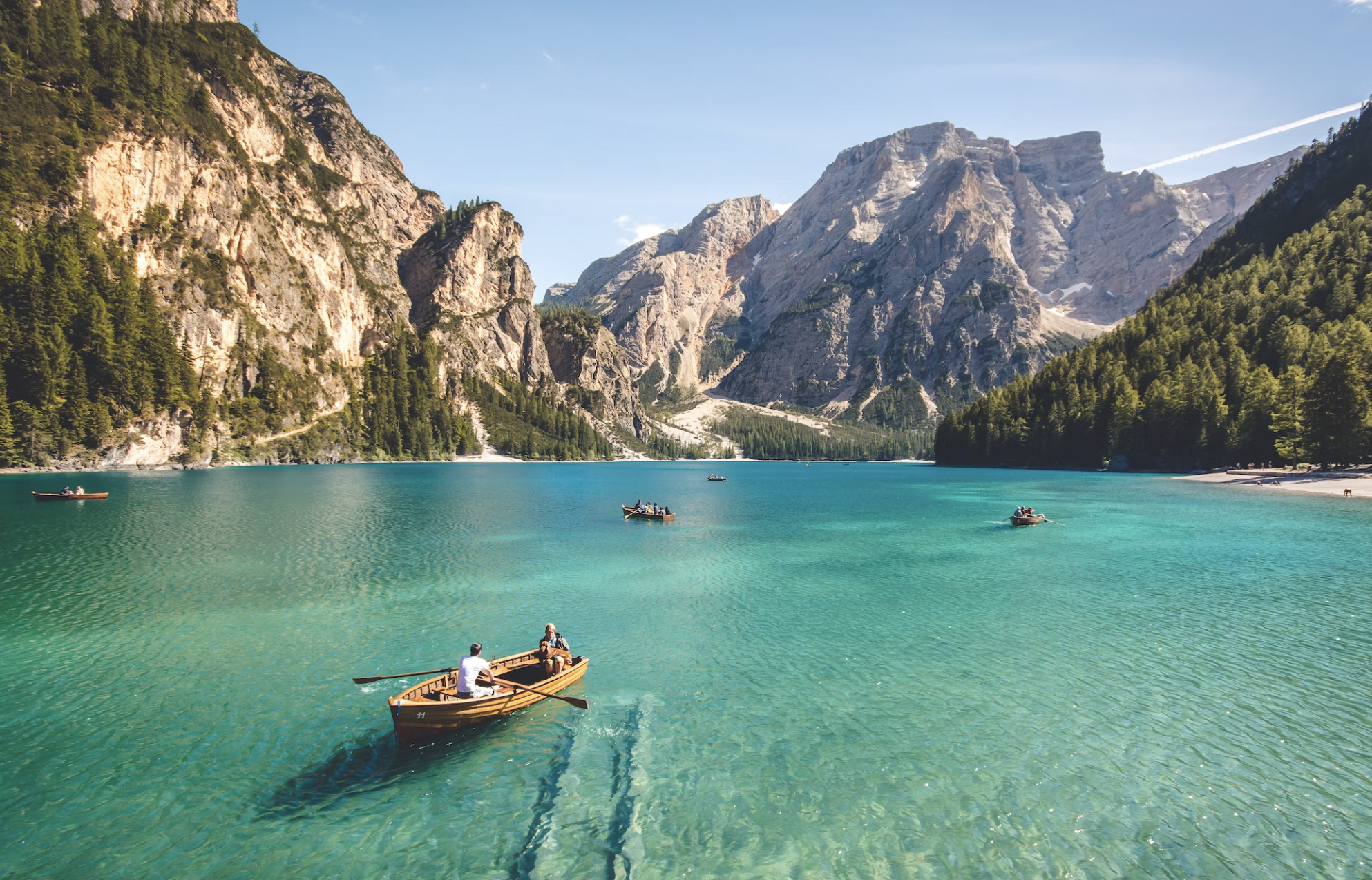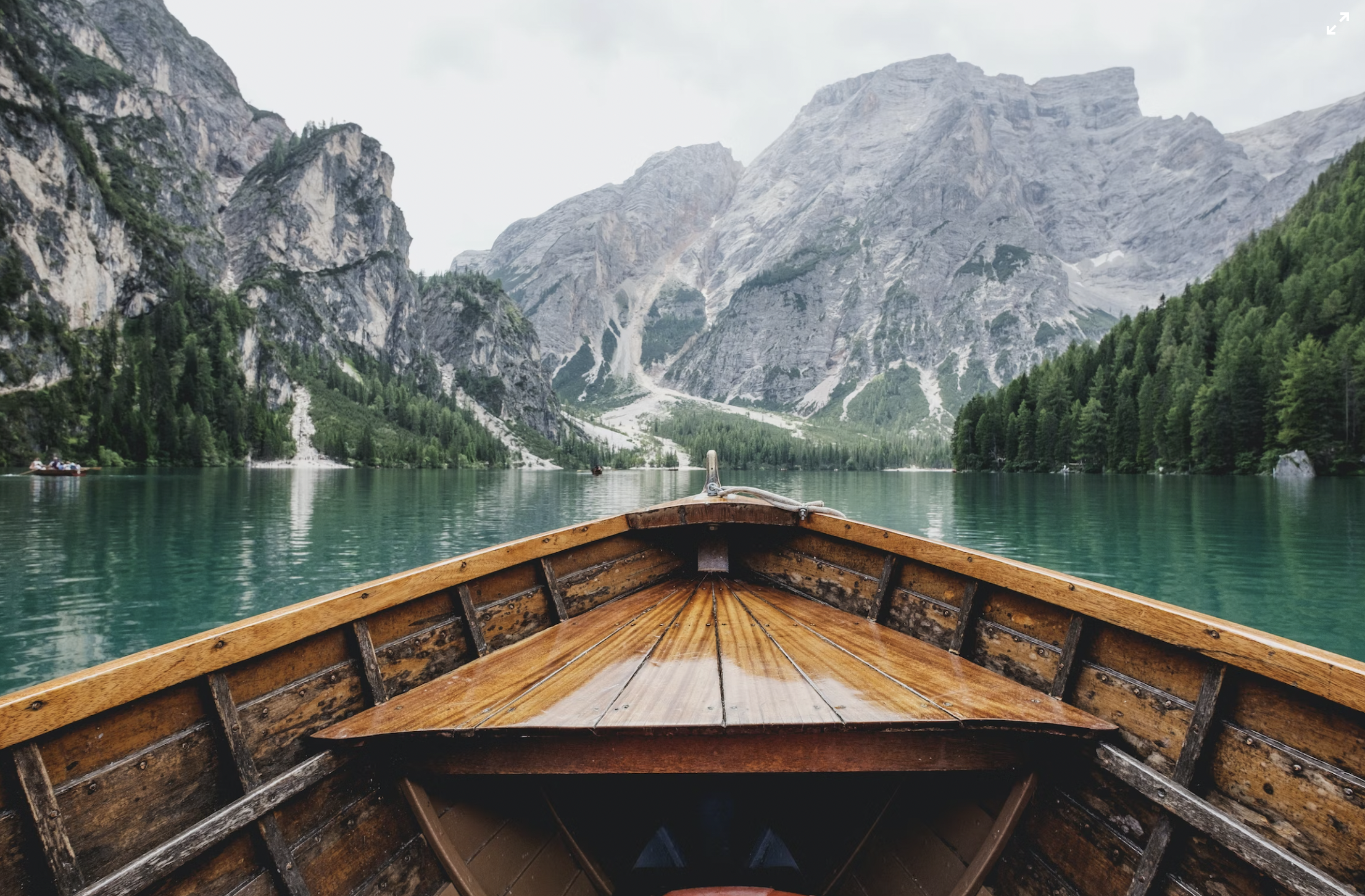The trend of impact tourism is on the rise. As a result, travelers are becoming more interested in sustainable and responsible travel.

Yes, it is clear that travel is booming. The tourism industry is a major contributor to the global economy. Yet, the industry has a significant impact on the environment- both positive and negative.

Booming Industry!
It is a known fact that the COVID pandemic hit the tourism industry hard. The IMF in 2020 noted that the disruption to tourism activity directly reduced GDP across all G20 countries and put millions of jobs at risk.
The tourism industry has remained largely favored in pro-Climate Change Circles. It is rarely criticized by environmental activists since it is seen as an ‘environmentally friendly activity. Tourism not only contributes to climate change but is impacted by tourism as well. Tourism transportation only accounts for over 35% of CO2 emissions which in turn adversely affects the negative.
Tourism and Climate Change
CREST’s 2019 typify the current prospect of impact tourism. One of its factoids found that 87% of U.S. citizens reported that they will be buying a product because a company advocated for an issue they cared about.

Why more travelers are attracted?
Impact tourism is on the rise during this post-pandemic era. Since COVID, travelers are more inclined to make a difference in the environment and local communities.
Impact tourism is now booming and fast trending because of increased lax restrictions, with more tourists now opt for destinations and activities related to environmental sustainability and local community investment.
One of the positive influences of Impact Tourism on local economies is that it is a revenue-generating tool and considered to be beneficial to the growth and development of economies. It raises awareness of the conservation of biodiversity thus helping the ecosystem.
While it can have positive impacts, there are some potentially harmful effects of impact tourism that should not be ignored, in brief, they include; environmental damage, and the exploitation of locals as well as local resources leading to cultural disruption, as outlined in this article from gdrc.org.
Published by HOLR Magazine.


